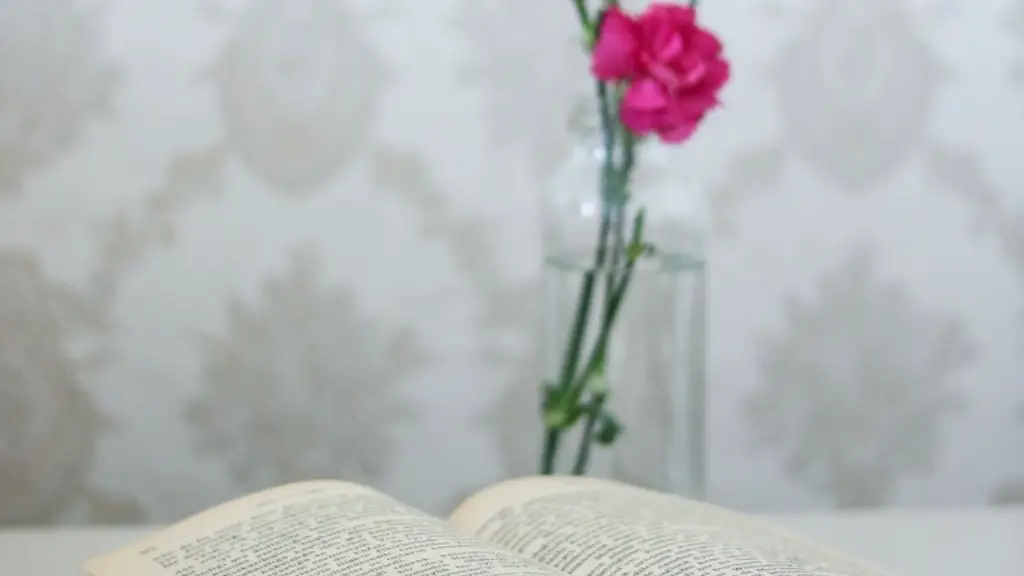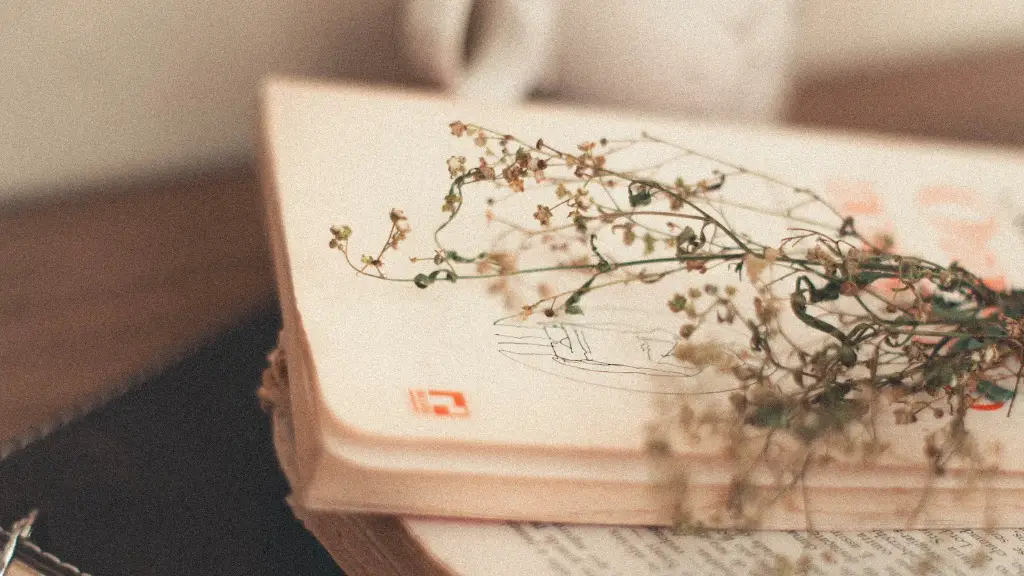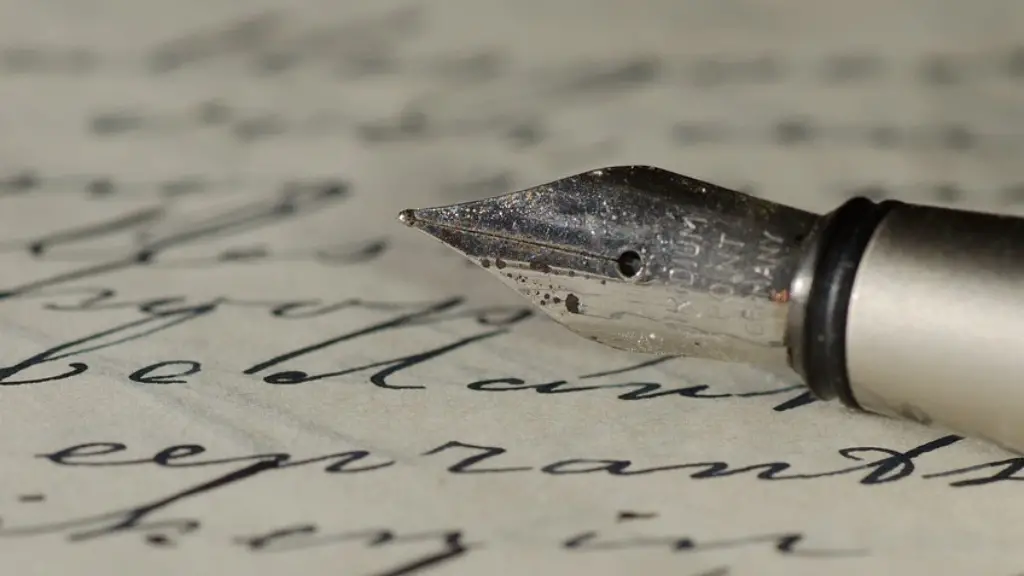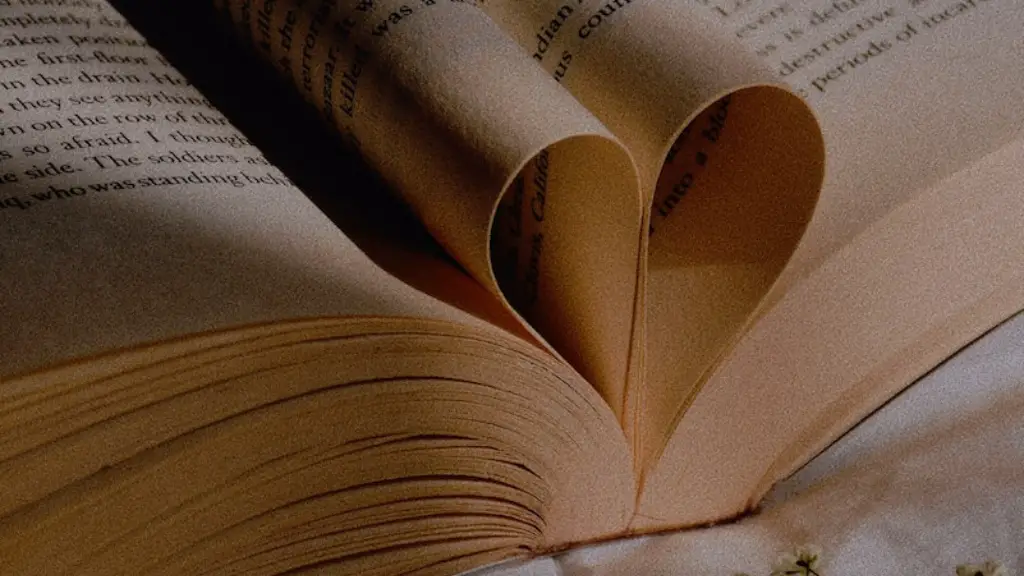How to analyze poetry
Poetry is one of the oldest art forms, allowing people to express their innermost thoughts and feelings in a concise and beautiful manner. Although reading poetry can be immensely rewarding and enjoyable, analyzing it can seem daunting. Good critical analysis of poetry involves being able to identify the form and structure of the poem, understanding the meaning of the poem, and considering the underlying symbolism and imagery. Here are some tips on how to analyze a poem and make it truly come alive in your imagination.
Step 1: Figure Out the Form
The form of a poem is an important element to consider. It will help you understand the message of the poem, as well as its structure. While some poems may look like they have a specific form, such as a sonnet or a villanelle, it is important to look deeper than the rhyme scheme. Even free-form poems are structured in some way, and need to be considered just as carefully.
To figure out the poem’s form, look for elements like meter, phrasing, and length of the lines. Do all of the lines have the same length, or do they vary? How many beats are in each line? Does the poem follow a specific rhyme scheme or take a certain lyric pattern? All of these elements contribute to the poem’s form and should be considered when analyzing it.
Step 2: Read Closely and Take Notes
Once you have identified the form of the poem, the next step is to read it through a few times and take notes while you do so. This process will involve more than just a basic understanding of the poem’s content. You should look deeper, and try to identify the emotion and sentiment of each line, as well as its literal meaning. Pay attention to smaller details in the poem, such as the use of language, specific words, and images. Each element contributes to the overall meaning of the poem, so take the time to analyze each one separately.
Taking notes can be helpful in this process, as you can keep track of your thoughts and observations. Many people prefer to use a freewriting method to record their ideas, as it is less structured but still helps you keep track of your thoughts. Once you have finished your notes, you can go back and look for patterns to help you better understand what the poem is conveying.
Step 3: Consider the Meaning
Once you have identified the form and structure of the poem, and taken notes on the content, the next step is to consider its meaning. This can be done in a variety of ways, depending on your own analysis of the poem. Some people prefer to look at the poem through a literal lens, examining each line and image for what it means on a basic level. Others prefer to look at the poem more metaphorically, looking for deeper meanings and symbolism in the text.
The most important thing to remember is that there is no single “right” way to interpret a poem. Each person’s analysis is likely to be different from someone else’s, and that’s okay. As long as you are analyzing the poem in a thoughtful manner, and considering each element carefully, you are on the right track.
Step 4: Connect with Your Intuition
The final step in analyzing a poem is to connect with your intuition. This means listening to your own inner voice and hearing the poem in your own words. Rather than looking for an “objective” interpretation of the poem, try to listen to what it is saying to you personally. This will help you form a connection with the poem on a deeper level and get to the heart of its meaning.
You can do this by writing your own interpretation of the poem, or even by discussing it with a friend. Just remember that your interpretation is just as valid as anyone else’s, and the only way for a poem to truly come alive is for it to be interpreted in a unique and personal way.
Analyzing the Imagery
When analyzing a poem, it is important to look for the imagery in the poem. Imagery is descriptive language used by the poet to create mental images in the mind of the reader. It can be used to convey an emotion, an atmosphere, a setting, or an idea. Imagery is usually centered around a particular theme, and by looking for its traces in the poem, you can gain a better understanding of the poem’s central message.
To effectively analyze imagery, you need to read the poem carefully and look for the repeated use of certain words and phrases. Pay attention to the images the poet is conveying with those words, and what emotions they evoke in you. Pay attention to any changes in the atmosphere or tone of the poem—such shifts may provide clues about the poem’s subject matter.
Consider the Tone
The tone of a poem can provide a great deal of insight into its message. When analyzing a poem, look for signs of emotion and attitude in the writer’s language. Does the poet sound angry, sad, or joyous? Consider how the writer chooses to describe the subject matter, and the tone in which he or she does so. Pay attention to the use of figurative language, as it often reveals the writer’s mood.
It can also be helpful to consider what words the poet chooses to emphasize, as these often indicate the tone of the poem. Watch out for words such as “never,” “always,” or “forever,” as they can indicate an emotion of hopelessness or despair. On the other hand, lighthearted words such as “joy” or “laughter” can indicate a feeling of optimism or joy.
Understand the Symbols
The use of symbols is a common technique used by poets to communicate deeper levels of meaning in their work. By looking for symbols, you can gain a better understanding of a poem’s underlying message. Symbols can appear anywhere in the poem and can range from simple objects to complex ideas. To identify a symbol, look for a repeated use of an object or idea. Think about what it could represent, and what emotions it evokes. Think about how the symbol connects to the poem’s main theme, or what feelings it conveys about the subject matter.
Symbols can often be open to interpretation, so it is important to take the time to consider all the possible meanings. As with all aspects of analyzing a poem, there is no one “right” answer—it’s up to you to form your own interpretation.
Analyzing the Metaphors
Metaphors are a powerful poetic device used by the poet to create vivid images and draw comparisons. In analyzing a poem, it is important to look for the metaphors in the work and figure out what they are trying to say. Identifying metaphors can be challenging, as they are often embedded in the poem and not always easy to spot. To get a better understanding of metaphor, try imagining what it would look like or feel like if it were to happen or exist in reality.
Once you have identified the metaphors in the poem, the next step is to analyze them to gain insight into the deeper message the poet is conveying. Pay attention to how the metaphor is used, and its connotations. What emotions does it evoke? How does it relate to the other elements of the poem, such as imagery and tone?
Focus on the Theme
The theme of a poem is the central message or idea the poet is trying to convey. Understanding the theme is key to effectively analyzing a poem, as it can provide insight into all of the poem’s elements. When searching for the theme of a poem, look for elements such as imagery, symbols, and metaphors, as these can often provide clues about the poem’s overall message.
It is also important to look for patterns in the poem, such as repetition and shifts in tone. These patterns may indicate the poem’s overall theme. Additionally, look for any repeating images or motifs that appear throughout the poem, as they may reveal the poem’s larger message.
Analyzing the Poet’s Intention
The last step in analyzing a poem is to consider the poet’s intention in writing it. By understanding what the poet is trying to communicate, you can gain a fuller understanding of the poem. Consider the poem’s theme, as well as its broader context. Think about why the poet chose to write it, and what emotions or ideas he or she was trying to convey. Try to think about the poem from the poet’s perspective, and what he or she was trying to say.
It is also important to consider any nuances of the poem’s language or imagery. Many poets use subtle techniques, such as double meanings or puns, in order to communicate their message. Pay attention to these methods and consider what the poet may be trying to say. Doing so can help you better understand the poet’s intention and gain a deeper understanding of his or her work.





